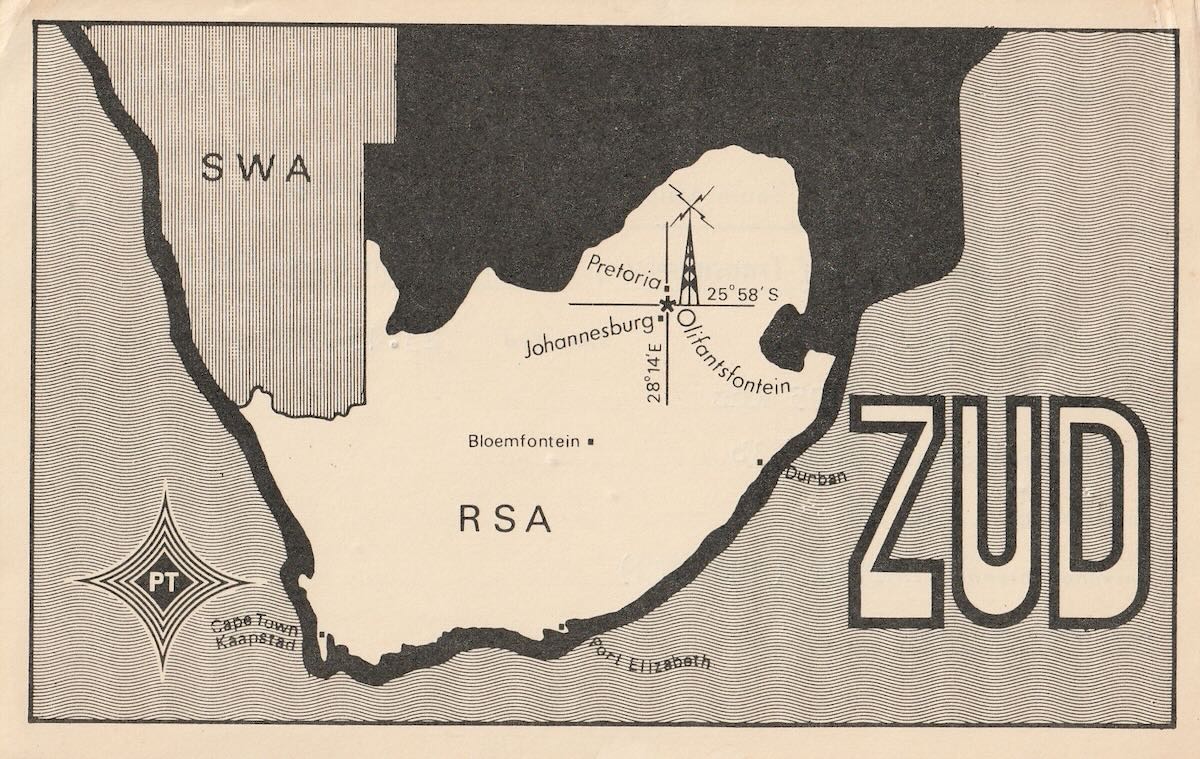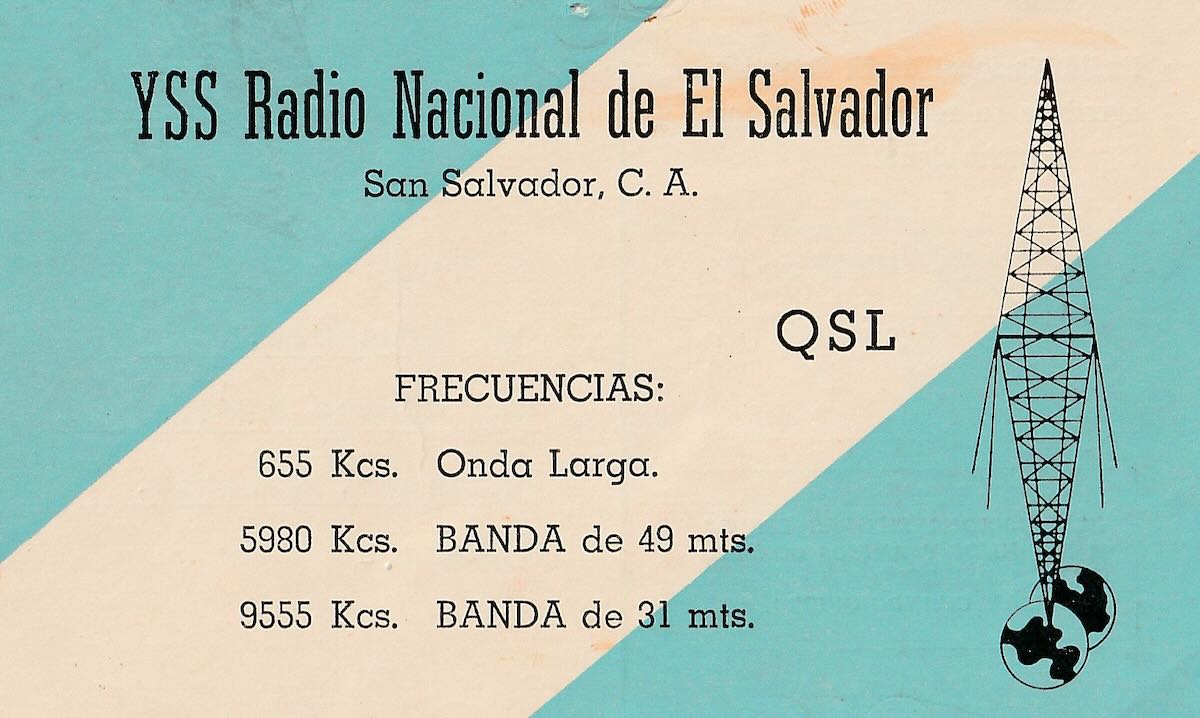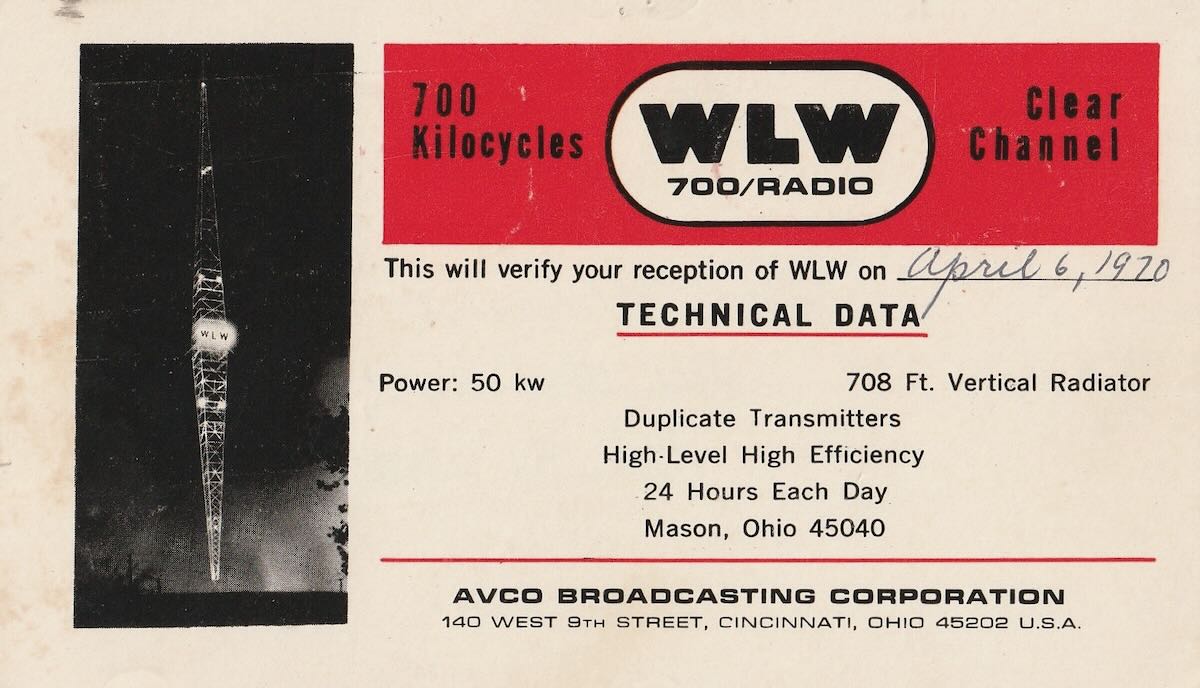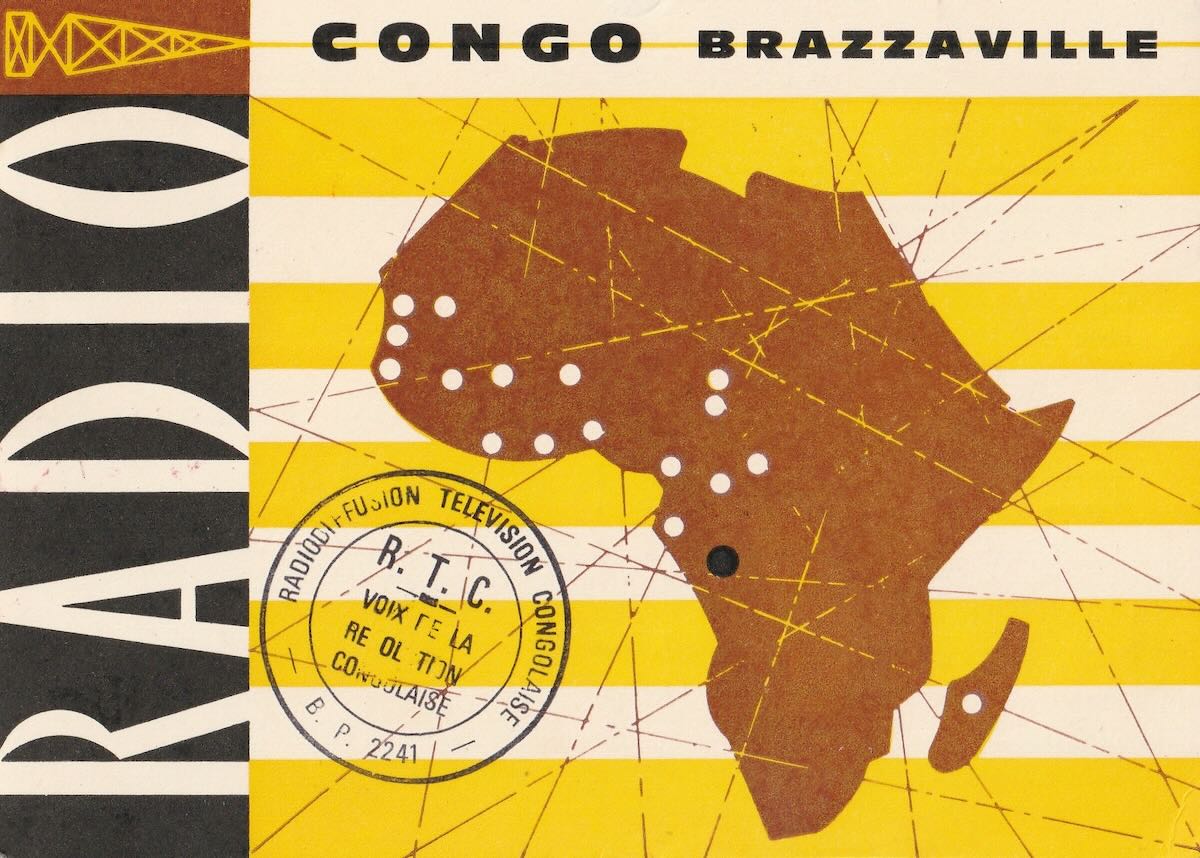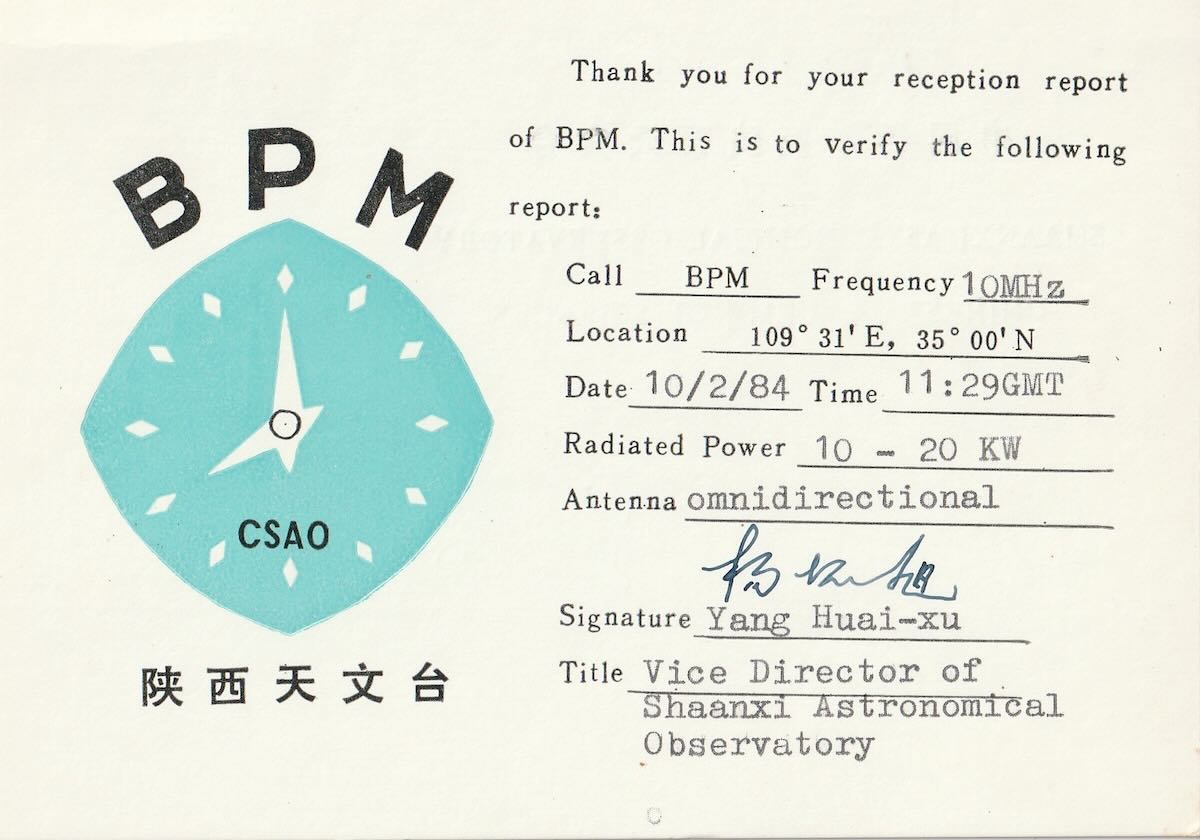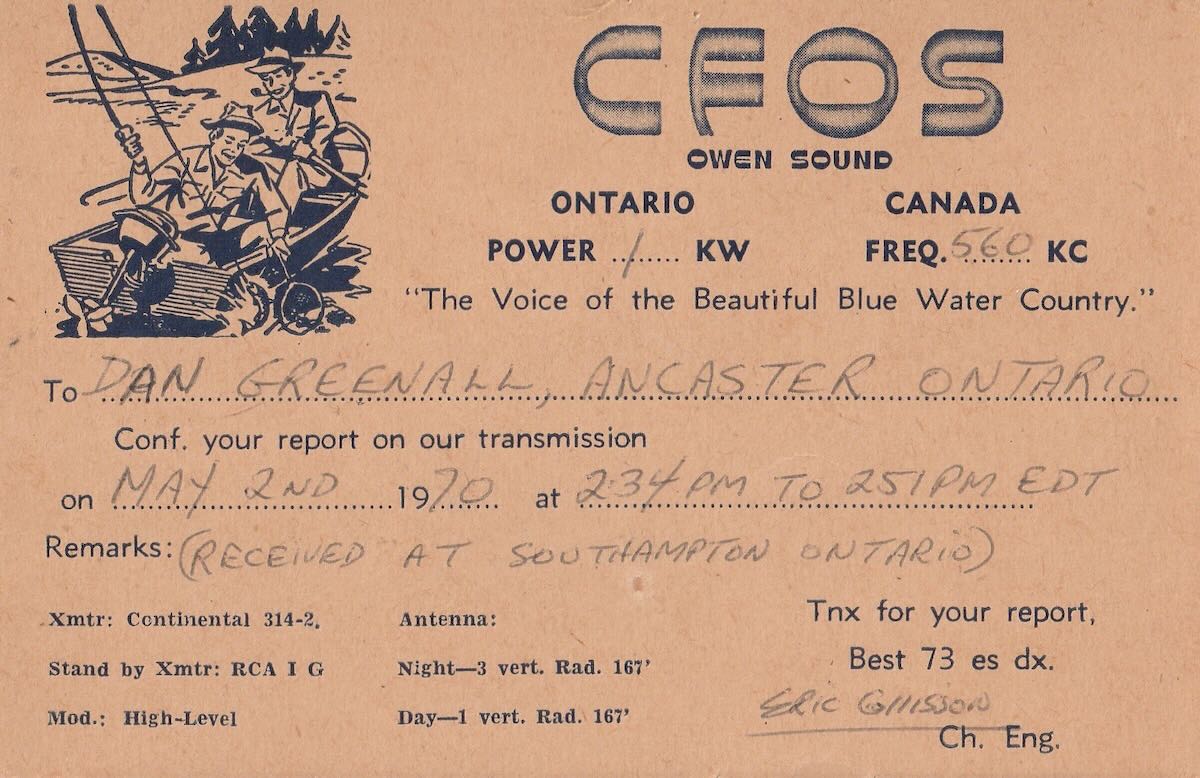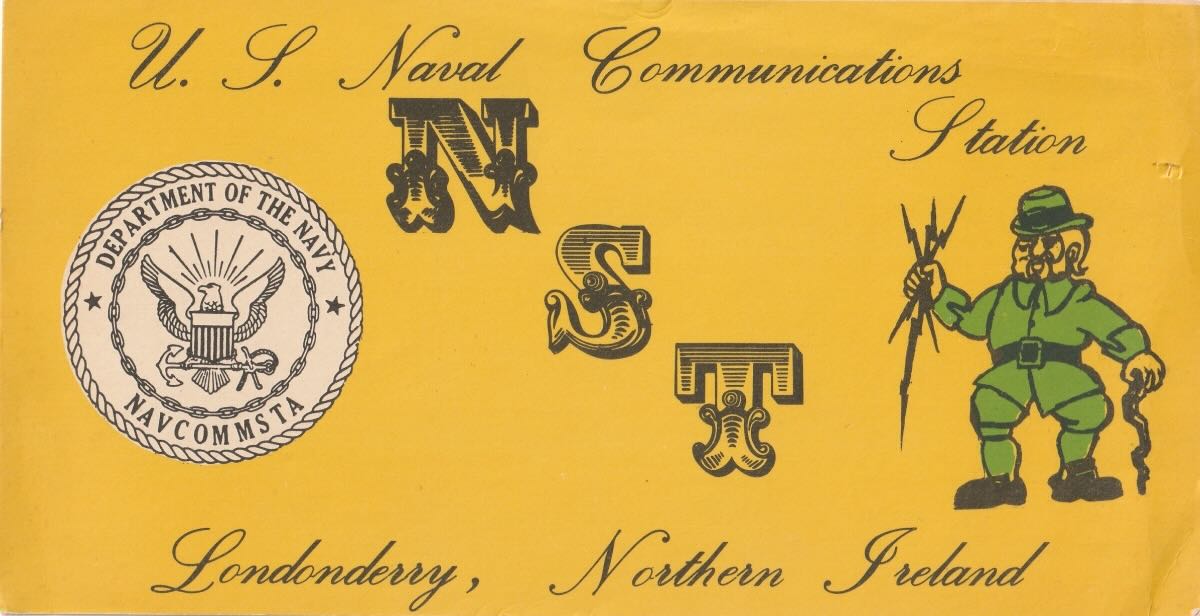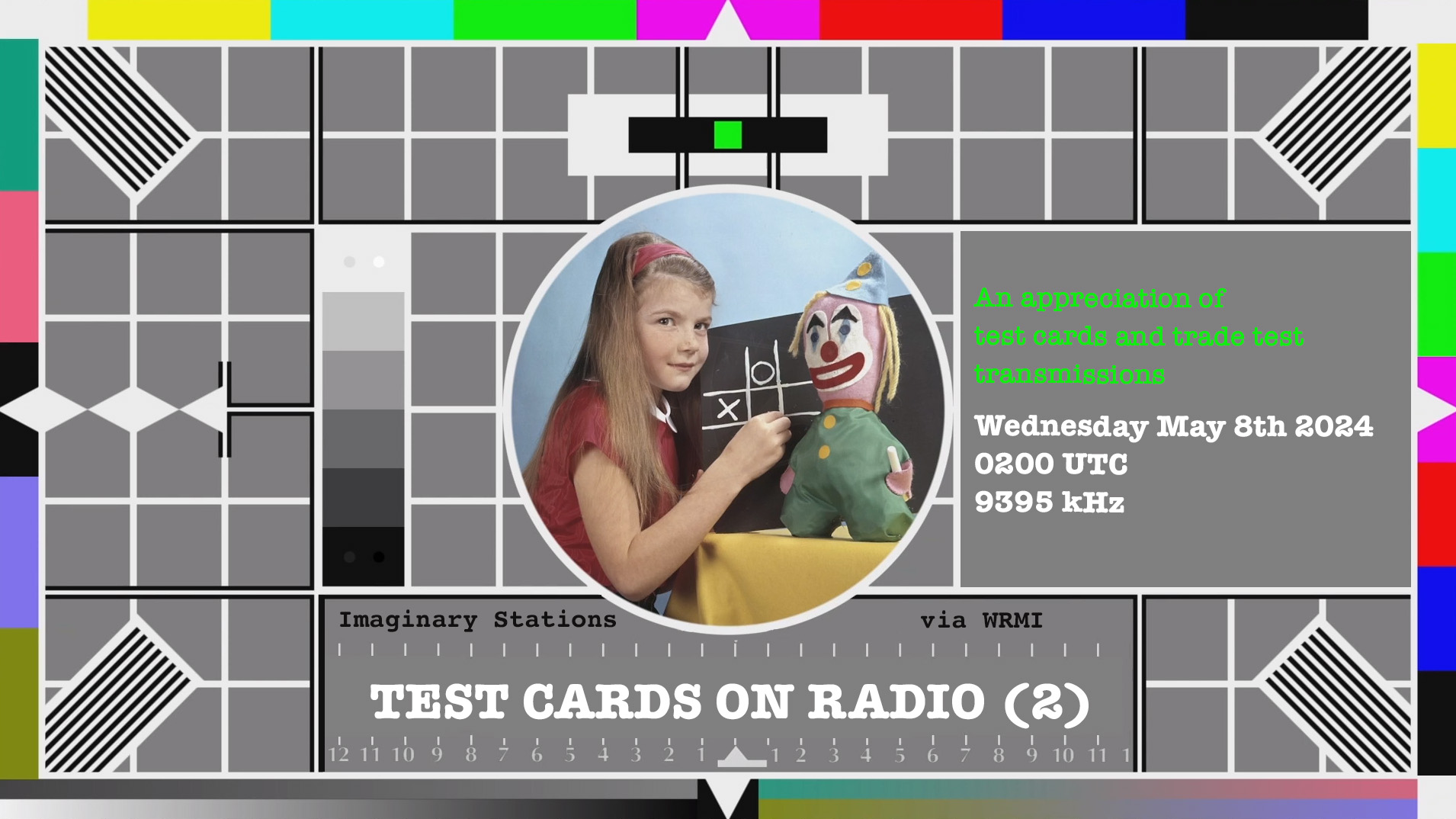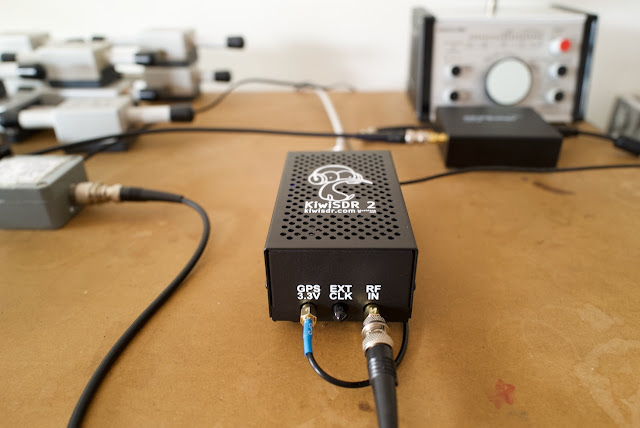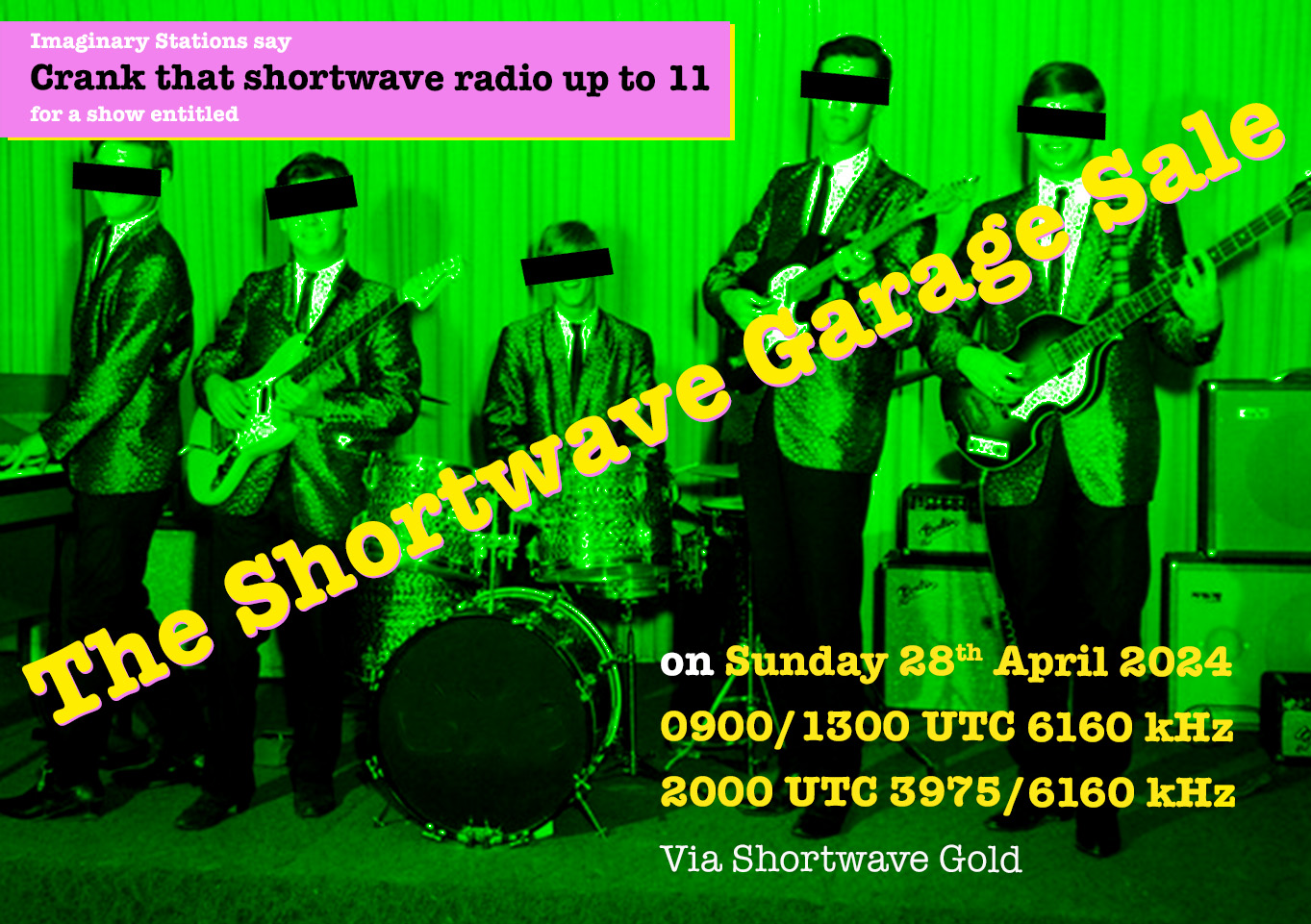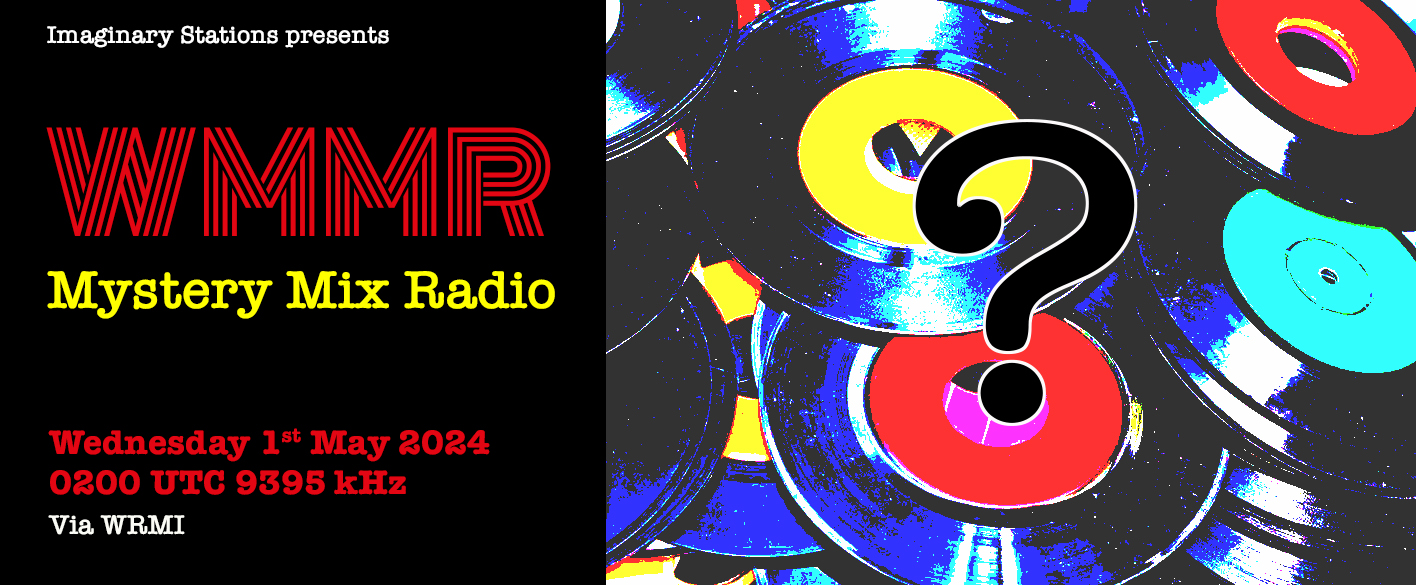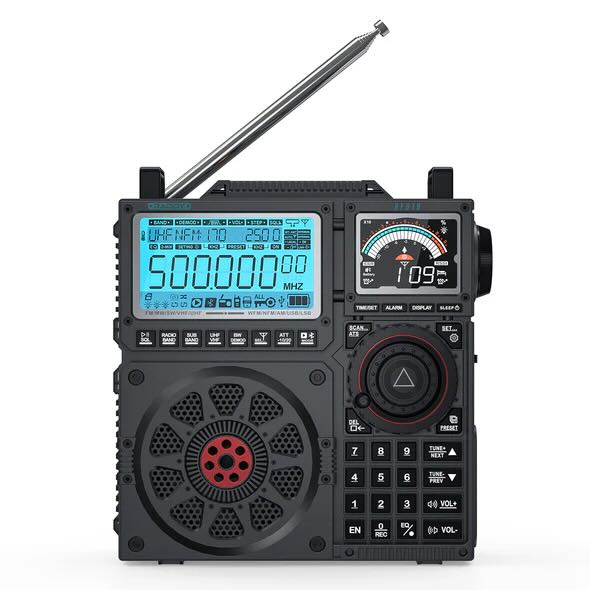 Many thanks to SWLing Post contributor, Dan Robinson, who writes:
Many thanks to SWLing Post contributor, Dan Robinson, who writes:
SWLing Post readers have no doubt seen the appearance of the Raddy RF-919, which is manufactured by Hanrongda in China. I have generally not been impressed by some receivers from this company, notably the HRD-747/757 and the reviews seem to support this.
However, from first appearances the RF-919 may be an exception. I am expecting a RF-919 soon, but one of the more recent reviews was by the very popular YouTuber NotaRubicon, and I was surprised to see that according to this review, the RF-919 actually is capable of recording to microSD.
Indeed, when checking the manual available online (Section 8.3) this feature is confirmed. This is an extraordinary development in the portable receiver market and it makes one wonder again why other manufacturers chose not to add this feature. Though we are lacking information about production decisions, it does seem like Tecsun in particular, with its otherwise excellent 990/501 portables, could have implemented recording to microSD.
As of the time I am writing this, there seems to have been surprisingly little discussion by those who have obtained a RF-919 about the recording feature, but I expect there to be more about this when users discover it. As for performance, I hope to have my 919 in hand in coming days and will review it for SWLing. From observing initial user videos, this radio is packed with some impressive features and coverage.
Thank you, Dan! I look forward to checking out the recording function. It would, indeed, be wonderful to finally have a capable portable with proper built-in recording.
Radioddity Discount: In the spirit of full transparency, Radioddity is a sponsor of the SWLing Post and they also offer us an affiliate code and link that will save you $15 off the purchase of an RF-919. Click here to save $15 off your purchase at Radioditty.

